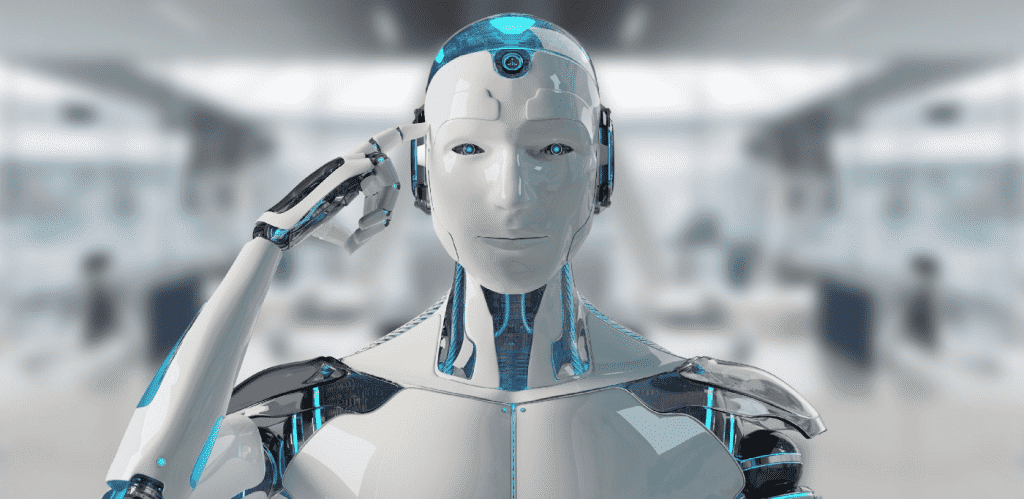Elon Musk, the CEO of Tesla, has gone to such great lengths that he is finally planning to appoint workers by borrowing them from the carmaker’s Autopilot department in order to finish the setup for the prototype of the most noted “Optimus humanoid robot”. This time, it seems that Musk is certainly not sitting on his hands and something incredible is on its way. The idea of carrying off workers from another department is focused on achieving the mission in an anticipated time frame. It has to be noted that the deadline to present this humanoid robot is set for September 30, and it will be making its first appearance at Tesla’s AI Day 2, as promised by Musk.

Musk said in a tweet, “Note, the Autopilot/AI team is also working on Optimus and (actually smart) summon/auto park, which have end-of-month deadlines.” But still, people have some doubts regarding the deadline due to the previous record of Musk’s projects that rarely meet their estimated timeframes. As a matter of fact, people want to see the progress made by this humanoid robot, and that is why they are “skeptical,” as reported by Reuters. It should be noted that Tesla’s AI Day 2 is approaching fast, and so are the expectations of the people to see the prototype of this robot.

However, Musk said in an interview, “I think we will have something pretty good at the prototype level this year and it might be ready for at least a moderate volume of production towards the end of next year.” In addition to this, Musk regarded this project as “the most important product development we’re doing this year.” Musk says that once the robot develops, it is going to assist a great deal, especially in the “boring” work, and will also respond to the labor shortages in this domain. He said, “Capital equipment is distilled labor. So, what happens if you don’t actually have a labor shortage? I’m not sure what an economy even means at that point. That’s what Optimus is about. “

On the other hand, we do know that this humanoid robot will come at the expense of an extraordinary effort and budget. It is really difficult to develop such an elusive robot and this can be proved from the statement issued by Shaun Azimi, who is the lead of NASA’s Dexterous Robotics Team, when he said, “Self-driving cars weren’t really proved to be as easy as anyone thought. And it’s the same way with humanoid robots to some extent. “


